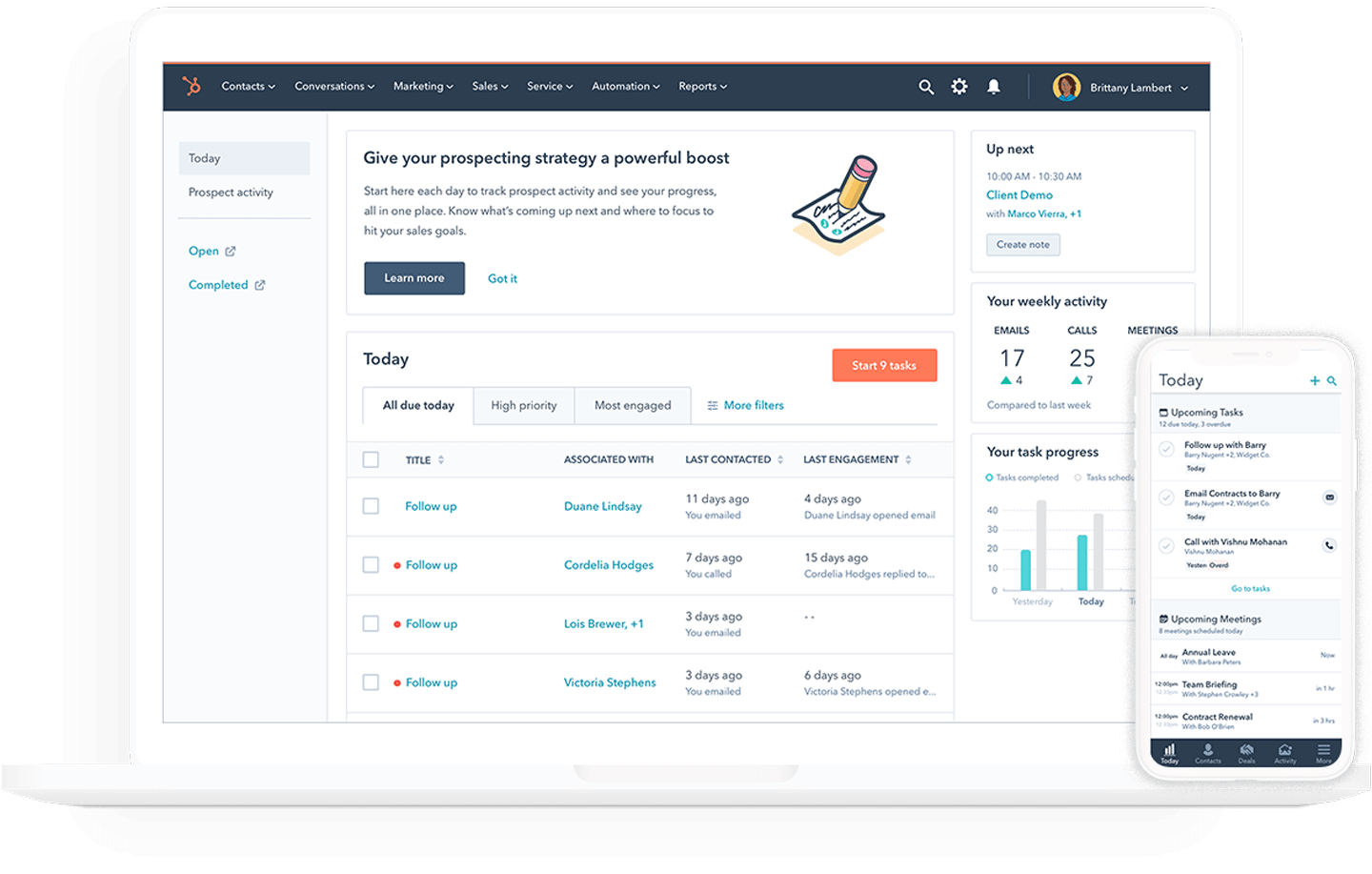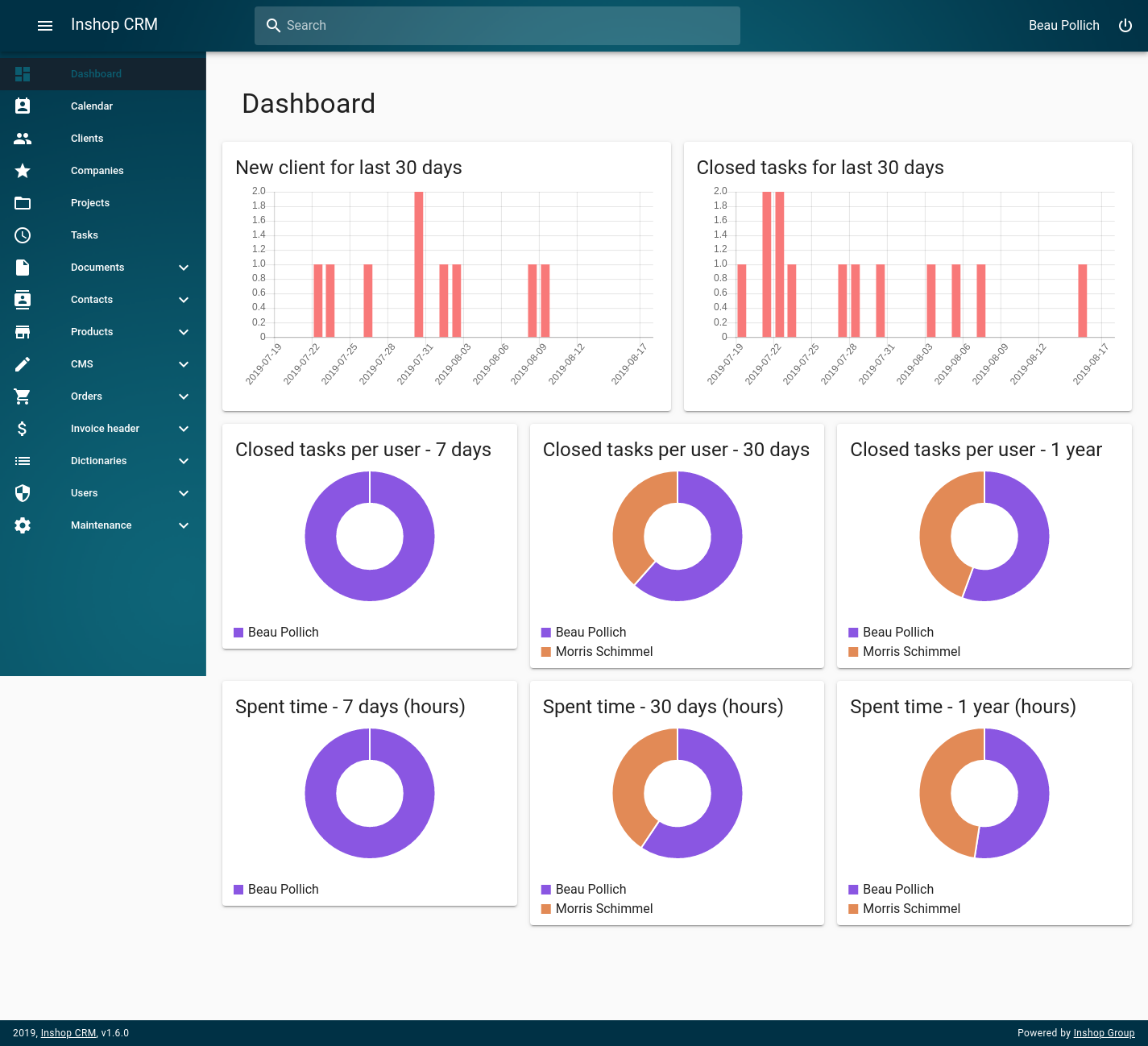Free CRM management has emerged as a game-changer for businesses seeking to streamline their operations, enhance customer relationships, and drive growth. This comprehensive guide delves into the world of free CRM systems, exploring their features, benefits, implementation strategies, and more.
Free CRM systems offer a plethora of advantages, including cost savings, ease of use, and scalability. They empower businesses to manage customer data, automate workflows, and gain valuable insights into their sales, marketing, and support processes.
Understanding Free CRM Management

Free CRM management refers to customer relationship management (CRM) software that is offered without any upfront cost or subscription fees. It provides businesses with essential tools to manage customer interactions, track sales, and improve customer satisfaction.
Some popular examples of free CRM software include:
- HubSpot CRM
- Zoho CRM
- Bitrix24
- Salesforce Essentials
- Freshsales
Benefits of Using Free CRM Systems
Using free CRM systems offers several benefits for businesses:
- Cost-effective:No upfront or ongoing costs, making it accessible to businesses of all sizes.
- Ease of use:Typically user-friendly interfaces and intuitive navigation, requiring minimal training.
- Essential features:Provides core CRM functionalities such as contact management, lead tracking, and sales pipeline visibility.
- Scalability:Some free CRM systems offer limited functionality, but others can scale up to meet growing business needs.
Limitations of Using Free CRM Systems
While free CRM systems offer advantages, there are also some limitations to consider:
- Limited features:Free CRM systems may not offer all the advanced features and integrations available in paid versions.
- Storage limits:Some free CRM systems have limitations on data storage, which can be an issue for businesses with large customer bases.
- Limited support:Free CRM systems may offer limited technical support or documentation compared to paid versions.
- Branding restrictions:Some free CRM systems may display branding or advertisements, which can affect the professional appearance of your business.
Features and Functionality of Free CRM Systems
Free CRM systems offer a range of features that support various business functions. These features are designed to streamline operations, improve efficiency, and enhance customer relationships.
The core features typically found in free CRM systems include:
- Contact management: Store and organize customer information, including names, addresses, phone numbers, and email addresses.
- Sales pipeline management: Track the progress of sales opportunities from initial contact to closing.
- Lead generation and qualification: Capture and qualify leads from various sources, such as website forms and email campaigns.
- Marketing automation: Create and automate marketing campaigns to nurture leads and convert them into customers.
- Customer support: Manage customer inquiries, track support tickets, and provide timely responses.
- Reporting and analytics: Generate reports and dashboards to track key performance indicators (KPIs) and identify areas for improvement.
Comparison with Paid CRM Systems
Free CRM systems offer a solid foundation for managing customer relationships. However, paid CRM systems typically provide more advanced features and functionality, such as:
- Customizable dashboards and reporting
- Integration with other business applications
- Advanced analytics and forecasting
- Dedicated customer support
The choice between a free CRM system and a paid CRM system depends on the specific needs and budget of the business.
Implementation and Setup
Implementing a free CRM system involves a straightforward process that empowers businesses to enhance their customer relationship management practices. By following these steps and best practices, organizations can tailor the system to align with their unique business requirements.
Step-by-Step Implementation
- Define Business Goals:Artikel the specific objectives and outcomes you aim to achieve with the CRM system.
- Research and Select a CRM:Explore various free CRM options, evaluate their features, and choose the one that best suits your business needs.
- Create an Account:Register for a free account with the chosen CRM provider.
- Import Data:Transfer existing customer data from spreadsheets or other systems into the CRM.
- Customize and Configure:Tailor the CRM’s settings, fields, and dashboards to match your business processes.
- Train Users:Provide training to ensure users understand the CRM’s functionality and best practices.
- Integrate with Other Tools:Connect the CRM with other business applications, such as email marketing or accounting software, to streamline workflows.
- Monitor and Evaluate:Regularly track key metrics and user feedback to assess the CRM’s effectiveness and make necessary adjustments.
Best Practices for Customization and Configuration
Customizing and configuring the CRM system is crucial to ensure it aligns with your specific business needs. Consider the following best practices:
- Map Business Processes:Align the CRM’s features with your existing business processes to optimize workflows.
- Create Custom Fields:Add custom fields to capture specific data points relevant to your business.
- Automate Tasks:Leverage automation features to streamline repetitive tasks, such as sending follow-up emails or generating reports.
- Use Dashboards and Reports:Utilize dashboards and reports to gain insights into customer interactions and track key performance indicators.
- Integrate with Other Tools:Integrate the CRM with other business applications to enhance data sharing and improve efficiency.
Tips for Integration
Integrating the CRM with other business tools can significantly enhance its functionality. Here are some tips for successful integration:
- Identify Integration Points:Determine the specific points where data exchange between the CRM and other tools is necessary.
- Use APIs:Leverage application programming interfaces (APIs) to facilitate seamless data transfer between systems.
- Consider Third-Party Integrations:Explore third-party integration tools that provide pre-built connectors between different applications.
- Test and Monitor Integrations:Thoroughly test integrations to ensure data accuracy and troubleshoot any potential issues.
Data Management and Reporting: Free Crm Management
Free CRM systems offer data management capabilities to store and organize customer information effectively. They typically provide features for capturing, storing, and retrieving data, ensuring data integrity and accessibility.
Data Storage and Management
Free CRM systems utilize cloud-based storage solutions to securely store customer data. This eliminates the need for local data storage, reducing infrastructure costs and ensuring data accessibility from anywhere with an internet connection. Advanced data encryption and security measures are implemented to protect sensitive customer information.
Types of Reports and Analytics, Free crm management
Free CRM systems provide a range of reporting and analytics features to help businesses gain insights into their customer data. These reports can include:
- Sales performance reports
- Customer activity reports
- Pipeline analysis reports
- Campaign performance reports
These reports provide valuable information for decision-making, such as identifying sales trends, tracking customer engagement, and optimizing marketing campaigns.
Data Security and Privacy
Data security and privacy are critical considerations in free CRM management. Free CRM providers implement robust security measures to protect customer data from unauthorized access, data breaches, and cyber threats. They adhere to industry-standard security protocols and comply with relevant data protection regulations, such as GDPR.
User Experience and Support
The user experience and support offered by free CRM systems play a significant role in determining their effectiveness. Let’s delve into these aspects to provide a comprehensive understanding.
User Interface and Usability
Free CRM systems should prioritize an intuitive user interface that enables seamless navigation and data management. Look for systems that offer customizable dashboards, drag-and-drop functionality, and easy access to key features. Consider systems that provide mobile apps for on-the-go access and collaboration.
Customer Support
Reliable customer support is crucial for resolving queries, troubleshooting issues, and ensuring a positive user experience. Evaluate the availability of support channels (e.g., phone, email, live chat) and the response times. Check for user forums or online documentation that provide self-help resources.
Tips for Maximizing User Adoption
- Involve users in the selection process to gather their input and address their needs.
- Provide comprehensive training and documentation to ensure users understand the system’s capabilities.
- Encourage user feedback and incorporate their suggestions into future updates.
- Foster a culture of continuous improvement by regularly reviewing and refining the CRM implementation.
Integration and Scalability

Free CRM systems often integrate with other business software and tools, such as email marketing platforms, accounting software, and project management tools. This integration allows businesses to streamline their operations and improve efficiency. For example, a business can integrate its CRM system with its email marketing platform to automate email campaigns and track customer engagement.
Integration with accounting software allows businesses to track customer invoices and payments, while integration with project management tools allows businesses to track customer projects and tasks.
Free CRM systems are also scalable, meaning they can support businesses of all sizes. Small businesses can use free CRM systems to manage their customer relationships and track their sales pipeline. As businesses grow, they can upgrade to paid CRM systems that offer more features and functionality.
However, many free CRM systems offer a range of features that can support even large businesses.
Examples of Businesses that Have Successfully Used Free CRM Systems to Scale Their Operations
- HubSpot:HubSpot is a popular free CRM system that has helped businesses of all sizes to scale their operations. HubSpot offers a range of features, including contact management, lead tracking, email marketing, and analytics. HubSpot has helped businesses to increase their sales, improve their customer service, and grow their businesses.
- Zoho CRM:Zoho CRM is another popular free CRM system that has helped businesses to scale their operations. Zoho CRM offers a range of features, including contact management, lead tracking, sales forecasting, and customer support. Zoho CRM has helped businesses to increase their sales, improve their customer service, and grow their businesses.
- Salesforce Essentials:Salesforce Essentials is a free CRM system that is designed for small businesses. Salesforce Essentials offers a range of features, including contact management, lead tracking, and sales forecasting. Salesforce Essentials has helped small businesses to increase their sales, improve their customer service, and grow their businesses.
Final Summary
In conclusion, free CRM management is an invaluable tool for businesses of all sizes. By leveraging the features and functionality of these systems, organizations can optimize their operations, enhance customer experiences, and achieve their growth objectives. As technology continues to evolve, we can expect free CRM systems to become even more sophisticated and indispensable for businesses seeking to thrive in the digital age.